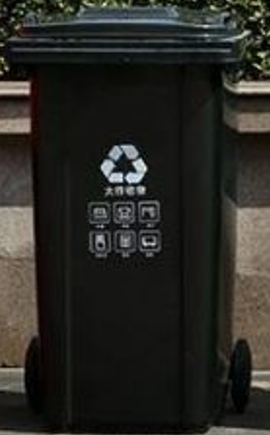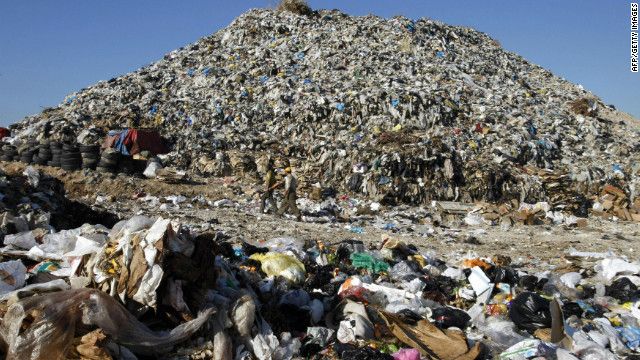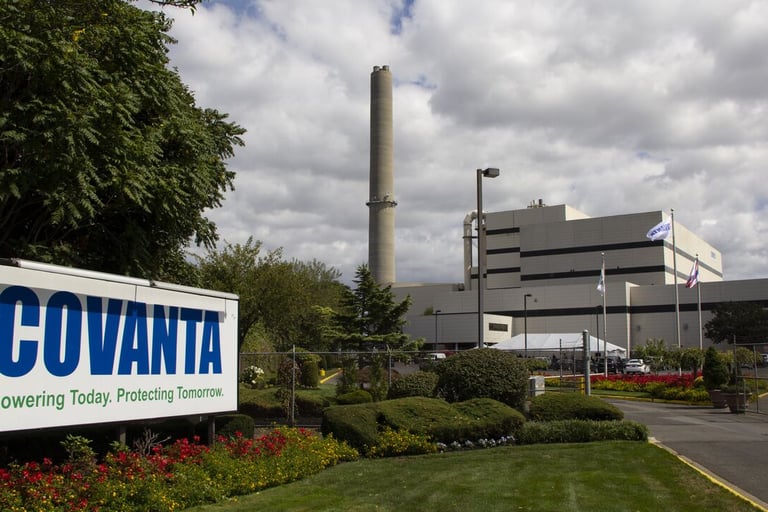Curbside Trash
Blog post description.
TRASH-SORTING


Accepted Items
Non-Recyclable Materials
Styrofoam
Cloth/fabric
Treated wood/wood
Contaminated/soiled recyclables
Trash
Unusable or broken items that cannot be donated
Non-Compostable Materials
Contaminated/soiled compostables
Commonly Unaccepted Items
Recyclable or Compostable items
Hazardous Waste
Batteries (lithium, car batteries, AA, AAA, etc.)
Pool/household chemicals, pesticides, motor oils, paints
Old Electronics (TVs, computers, tablets, etc.)
Bulky Items (furniture, large appliances, tires, etc.)
Click Here to see a list of banned items from waste bins in California.
Learn more:
Where does your trash go?
Trash does not just disappear at the curb - instead, it begins a long journey down on of two paths: towards the landfill or the incinerator.
The Landfill
The first path, landfill, is where most trash's journey comes to an end. Just as it sounds a landfill is a plot of land designated to be filled, stacked, and jammed with trash. Trash in a landfill is compacted and layered onto another, and in this manner, trash decomposes very slowly - some items in the trash, plastic for example, can take centuries to decompose entirely.
Due to restricted airflow in landfills, when waste decomposes, it creates methane. Methane, in this situation, is considered t be a greenhouse gas which contributes to climate change. Landfills do their part to monitor waste and energy production; however, precautions taken do little to offset the harsh effects of the greenhouse gas emissions.
The Incinerator
Unlike landfills, incinerators rely on burning waste than burring it. Trash is burned in chambers, and the heat produced from this is converted into energy. While incineration is less cost-effective than landfills, its primary goal is to reduce mass and volume of waste. This method does an excellent job at controlling the amount of waste, though the trade-offs for the environment remain a primary concern.
Keeping Trash Minimal
Landfills and incinerators are growing - not just in size, but cost. And the cost is not limited to money but extends to the effects our planet endures. One of the most important factors in keeping these costs down begins with us. We have the most important job when it comes to waste - and that is minimizing it. Minimizing waste occurs when we are mindful about what we consume and intentional about how we throw it away. Each choice we make regarding trash depicts the future and stability of our environment. Here are some ways that you can minimize the amount of trash you throw away:
Compost and recyclable when suitable
Buy quality over quantity (buying better-made items means you can sue them longer and they are kept from the landfill)
Buy products that use less packaging
Collect scraps for scrapbooking or projects
Borrow items that you rarely use
Donate usable, unwanted items (and shop second-hand)




Puente Hills Landfill in Los Angeles, CA (closed since 2013)
Covanta in Stanislaus Country, CA (closed since 2024; last incineration facility to operate in CA)
Travels of Trash
The City of San Diego released insights in this video sharing behind the scenes action in landfills. Join your trash on its journey from curbside collection to the landfill - or the graveyard!

